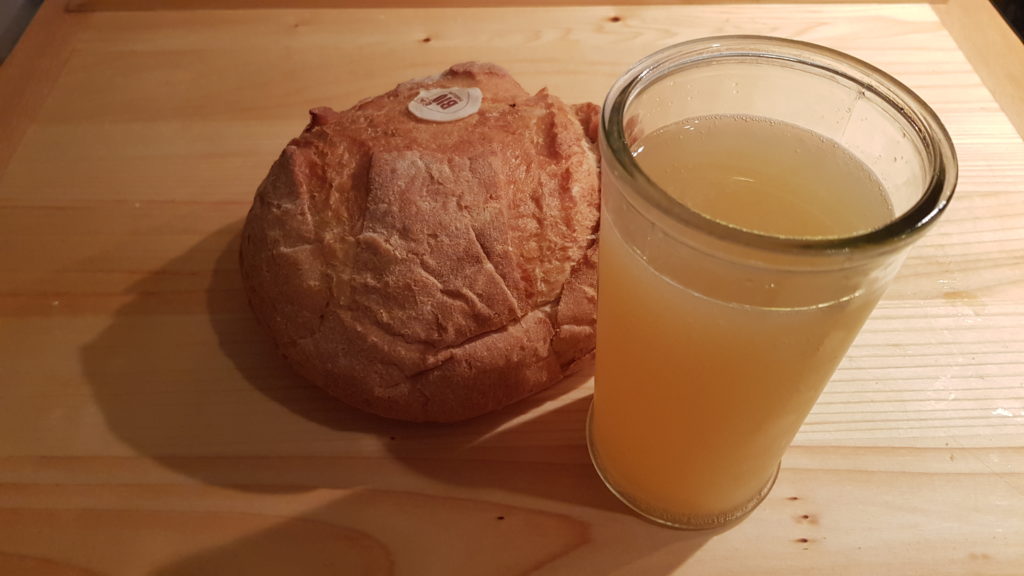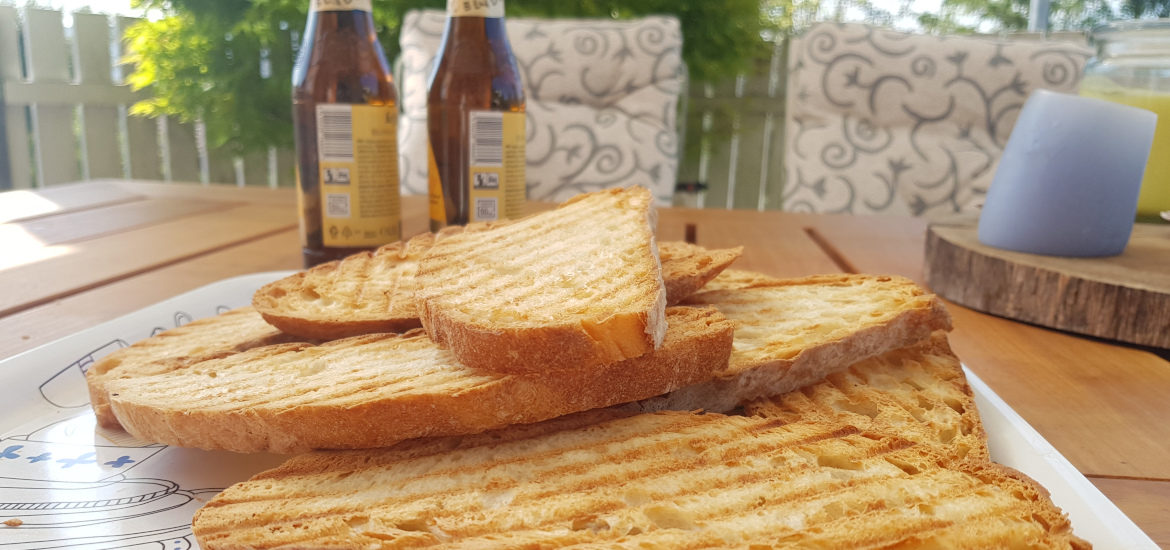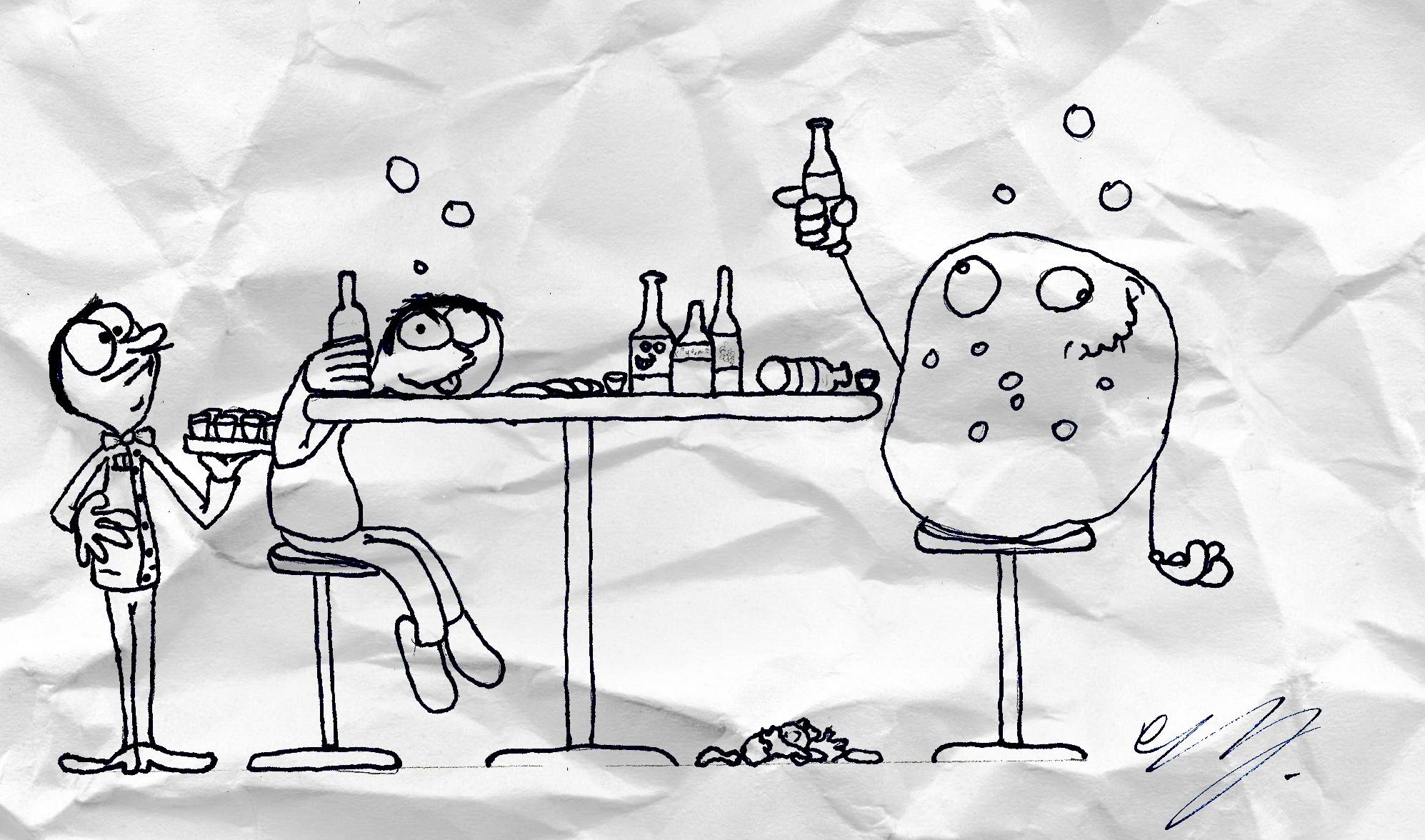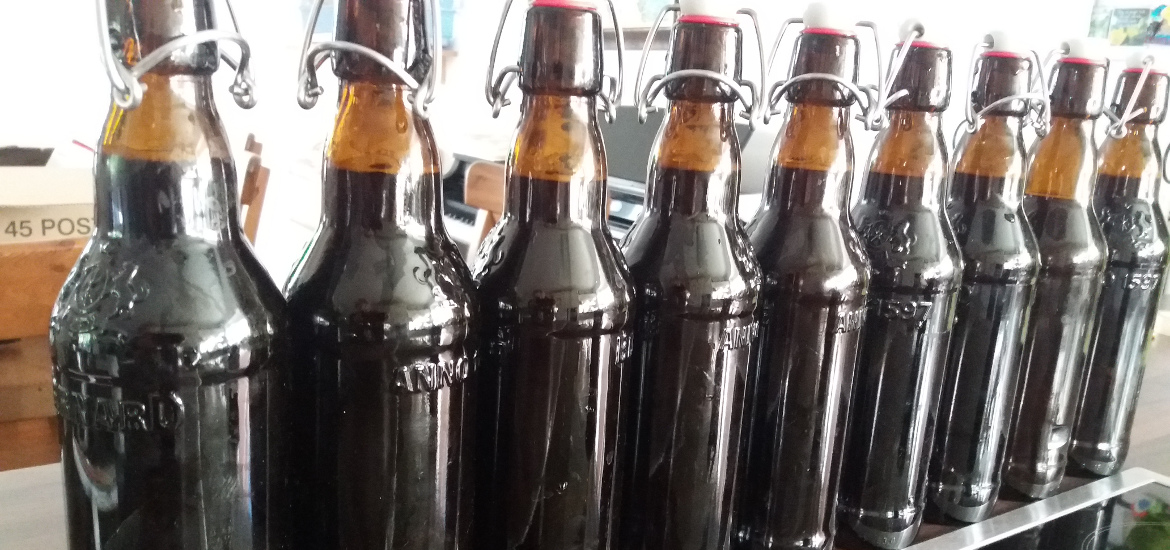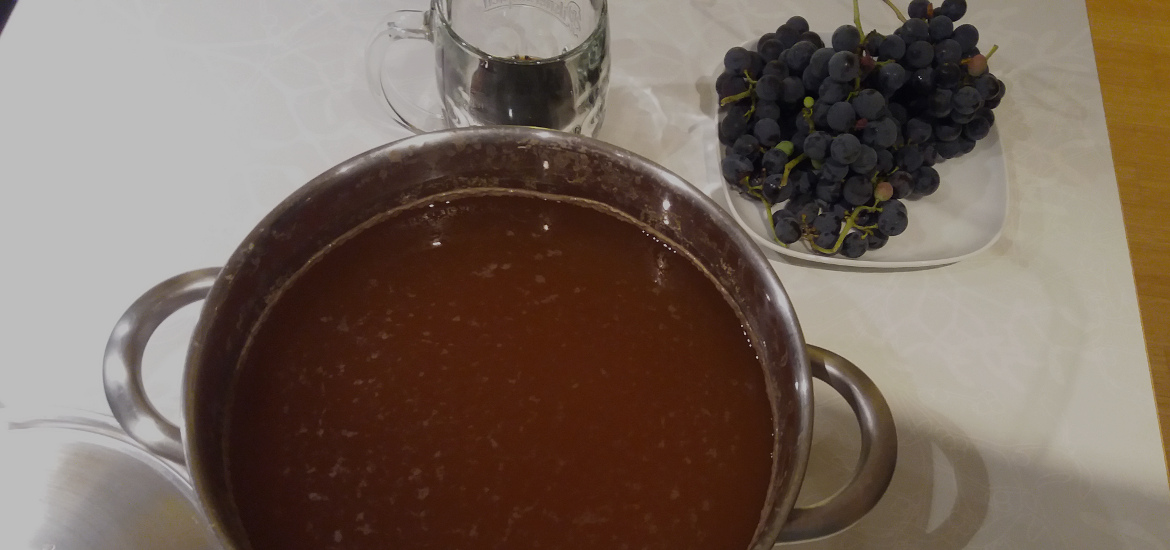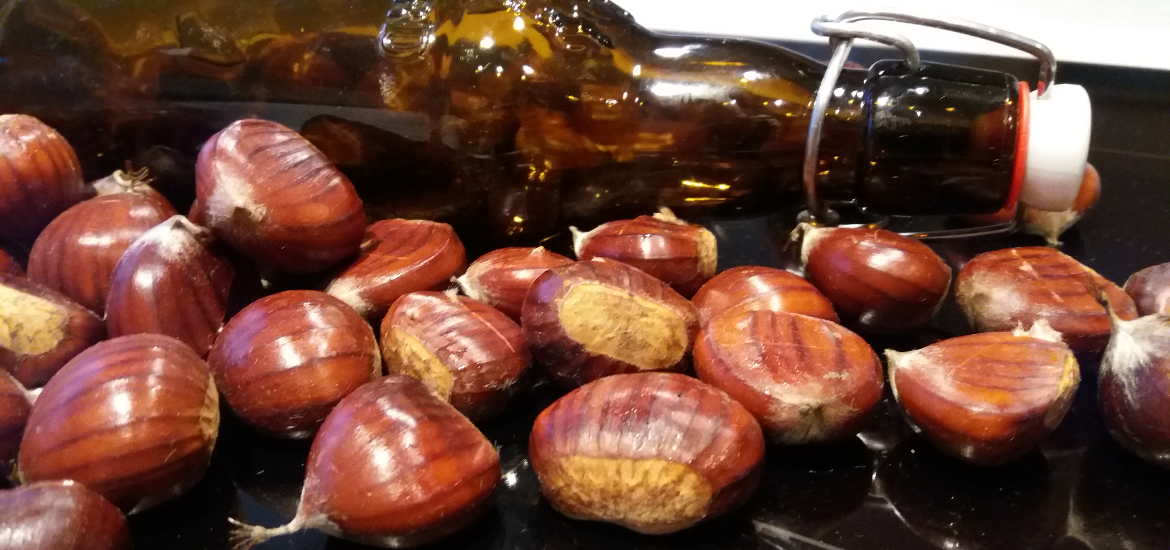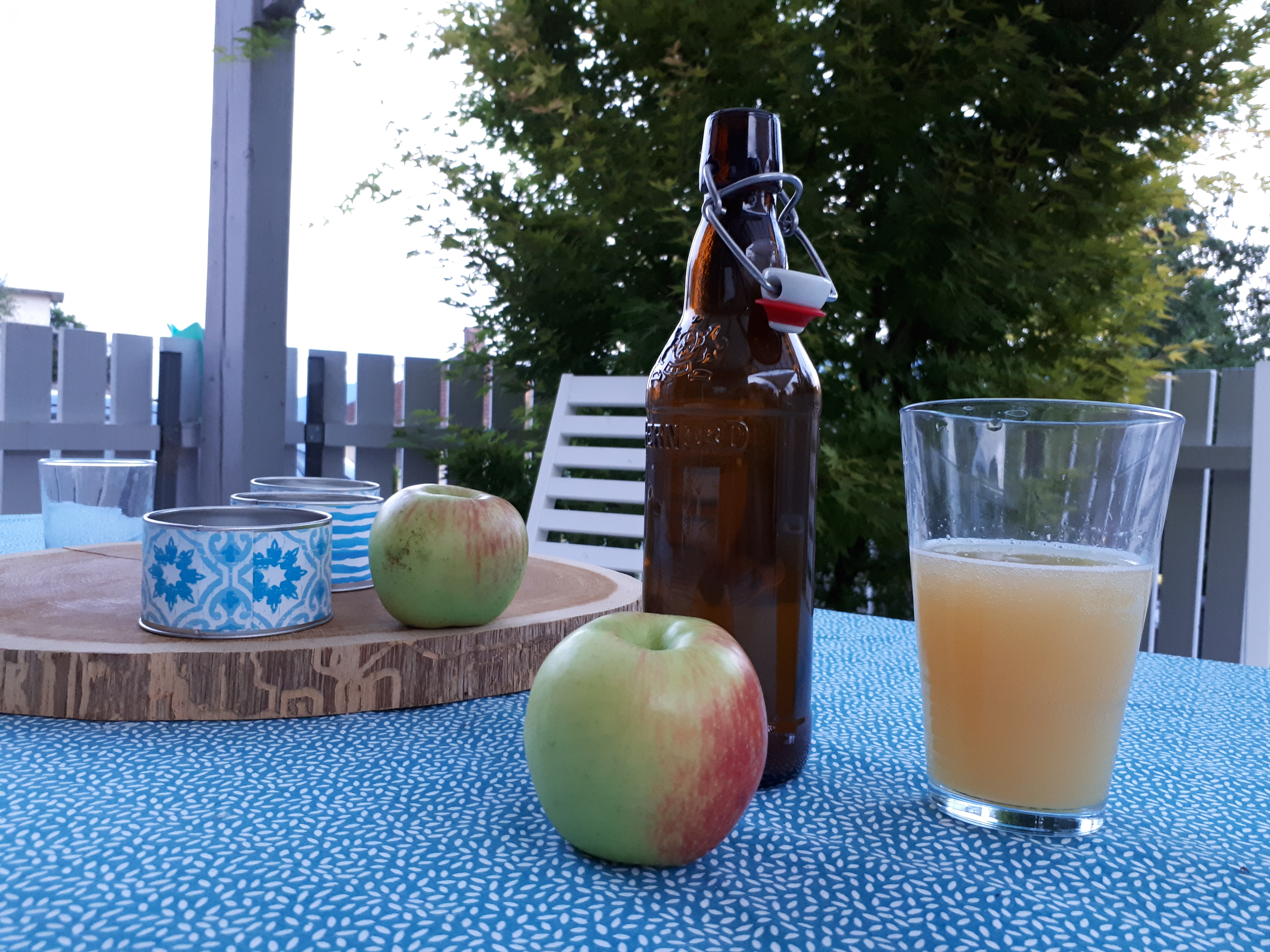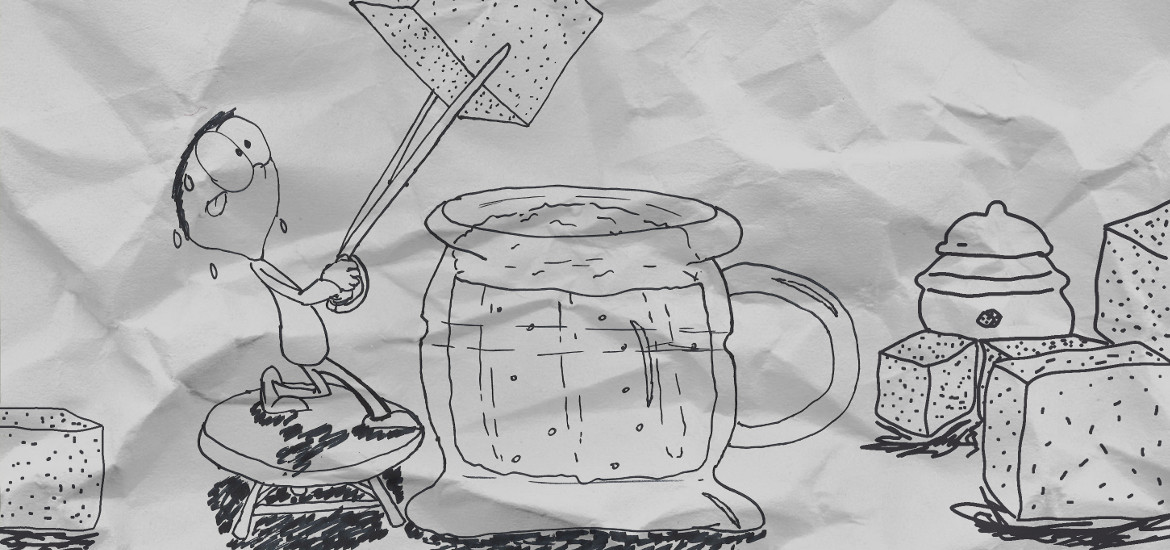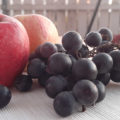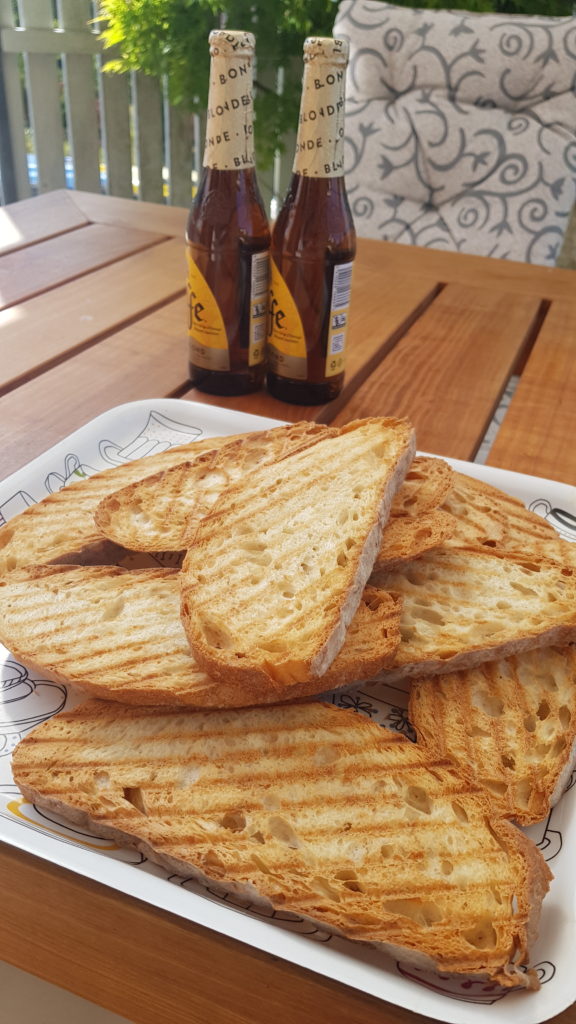
Making beer from bread is not a new idea, although recently it has got a new twist with craft brewers and sustainability considerations. That is a great thing and I certainly hope it will evolve and become an everyday solution to reusing a part of our stale bread. I will certainly try something like this in the future, to get some of that earthy bread undertones into the beer. But first, let’s try the oldest trick in the book: brewing beer from bread. Old Sumerians have been brewing beer from bread more than 5000 years from now. When bread is baked, carbohydrates in the wheat or barley break apart and hence there is practically no need (or less need) for malting barley and all that fancy temperature adjustments during wort preparation. In theory, bread should be mashed in water, yeast added and the beer would form, without the need for heating. This is a wonderful blog about making beer just from bread, but it also adds sugar to the process. This only contributes to the final alcohol, so it is not so important in my view. I have already tried to make beer from chestnut, and I have some experience with basic beer brewing, so I have a decent chance to get this bread beer right.
First try on the beer from bread
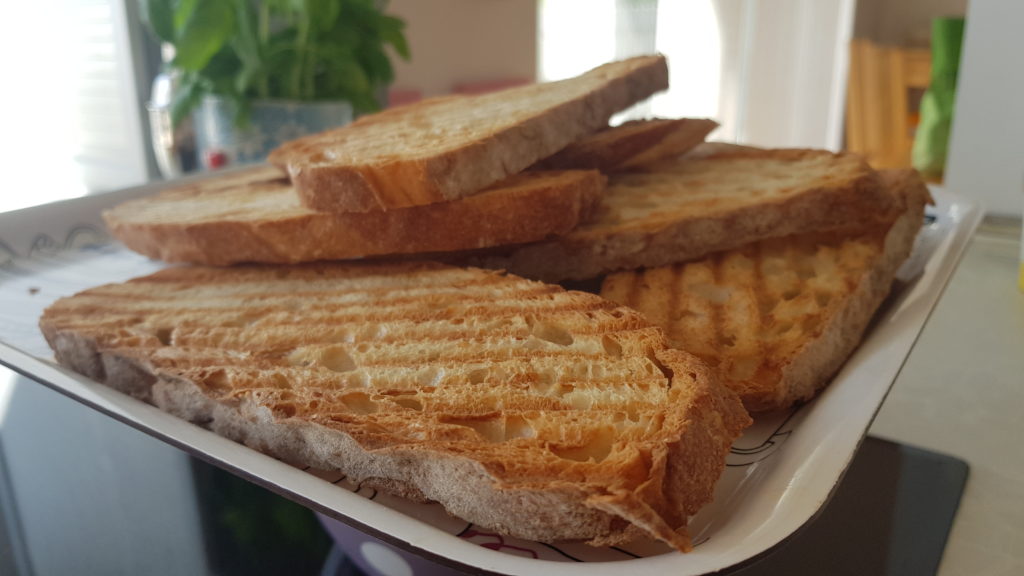
The first thing that I decided to do was to additionally toast the stale bread. Firstly I did this to further break down the carbohydrates into simpler sugars. And secondly, I hoped for a richer, more pleasant taste, as the blog mentioned above suggested. To 500 g of toasted bread I added 3 liters of water at room temperature, which almost covered the bread. After 30 minutes, when the toast had softened enough, I mashed it with my hands into a thick pulp. The smell was pleasant, rich and homely. The smell was still there when I let the pulp stand for the night. After another mashing I removed the bread leftovers with a strainer to prepare an opaque, bread tasting liquid. There was exactly 2 liters of the liquid. I added a small amount of yeast and left the liquid stand for 4 days. After 4 days it tasted of bread and yeast, with a side note of acid. Apparently there was not enough yeast to start the fermentation. I added 25 g of hops for the taste and some more yeast. Now you could see the foam forming, indicating that the fermentation was well underway. After 7 days the fermentation was over. The taste was better but mostly due to hops. It did not appear to have a strong alcohol content. Nevertheless, I bottled the beer and primed it with sugar at about 5g per liter. After an additional 7 days, the beer was ready for tasting.
Results of the First try
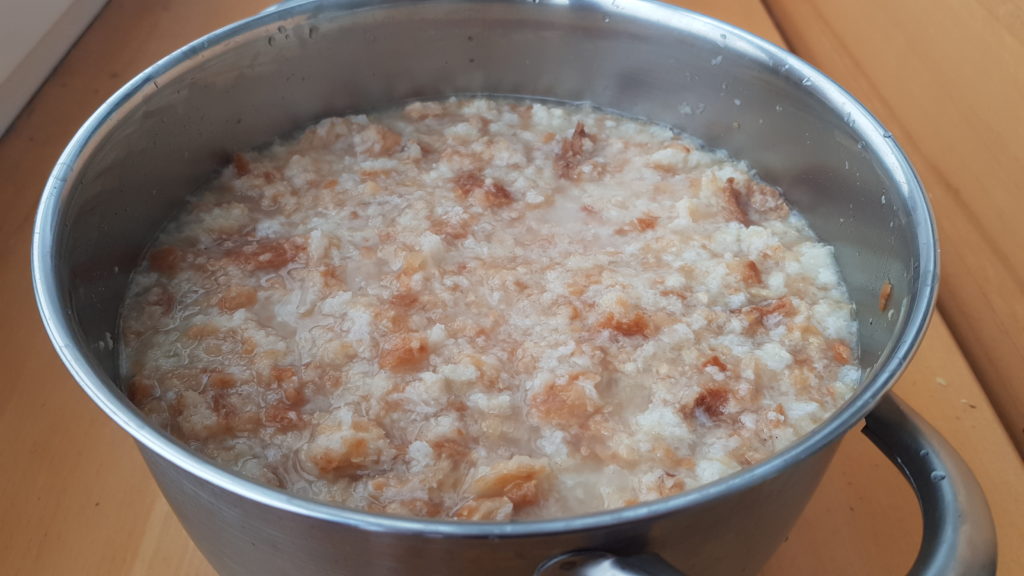
The beer was very lightly carbonated, with only a few bubbles present, but nothing critical. It was deeply turbid and it did not settle – even when poured through a dense sieve, the turbidity remained. The taste was mediocre, but that was mostly down to the hops. I used standard hops, mostly used for lager beers. If I would use something fresher, something with a strong citrus note, the end result would be much better. And probably more of it, more to match the IPA levels. The main problem was the alcohol content. Although the worth did ferment, there was a noticeable alcohol taste. Even after drinking a standard sized beer, there was no noticeable alcohol effect. I am guessing that the starch did not break down enough for the bacteria to convert it to alcohol. The caloric value was still there – since turbidity was most probably due to the dissolved starch components. But I would also like a bit more alcohol, mostly to secure better stability over time and to stabilize the beer. Next time around, this can be corrected either by adding malt, as this is usual from the links above. Or we can go straight to amylase to break down the starch. Either way, the results definitely justify another try.
Second try on the beer from bread
Coming soon!
